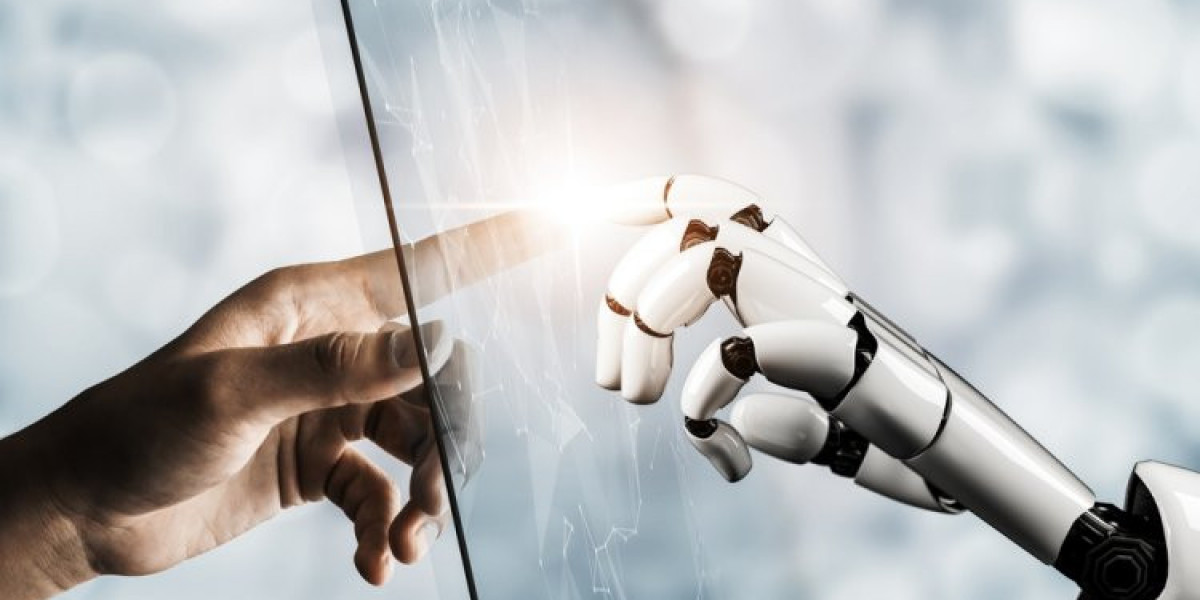Bionic arms are no longer just functional prosthetics; they have evolved into sophisticated devices that replicate natural movement and enhance quality of life. With technological advancements in robotics, AI, and biomedical engineering, the modern bionic arm offers unprecedented precision, comfort, and adaptability.
In this blog, we’ll explore the latest innovations in bionic arm technology, examining how these devices are transforming lives, improving mobility, and integrating seamlessly with human physiology.
Understanding Modern Bionic Arms
A bionic arm is a prosthetic device designed to mimic the movements and functions of a natural human arm. Unlike traditional prosthetics, bionic arms are equipped with motors, sensors, and sometimes AI-driven systems that allow precise control and dexterity.
How Technology Has Changed Prosthetics
Early prosthetics were rigid and limited to basic motions. Modern bionic arms, however, respond to signals from the user’s muscles or nerves, enabling natural movements like gripping, pinching, and rotating. This evolution has significantly improved the daily life of amputees, allowing them to perform complex tasks with ease.
By combining robotics and human-machine interface technologies, the bionic arm bridges the gap between limitation and full functionality. Users can now interact with their environment in ways that were once impossible.
Advanced Myoelectric Control Systems
One of the most significant innovations in bionic arm technology is the advancement of myoelectric control systems. These systems detect electrical signals from the residual limb muscles and convert them into precise movements.
How Myoelectric Systems Work
Myoelectric sensors are placed on the skin over specific muscle groups. When a user contracts these muscles, the sensors detect the signals and send commands to the prosthetic motors. This allows the bionic arm to perform movements that closely mimic natural arm function.
Benefits of Myoelectric Control
This technology provides greater dexterity and grip control. Users can perform delicate tasks, such as holding a pen or picking up a fragile object, with confidence. The intuitive nature of myoelectric control reduces the learning curve, making the bionic arm more accessible and functional for everyday use.
AI Integration in Bionic Arms
Artificial intelligence (AI) has brought bionic arms to a new level. AI algorithms can learn the user’s movement patterns, predicting intentions and enhancing responsiveness.
Predictive Motion Control
With AI, a bionic arm can anticipate movements, providing smoother and more natural motion. For example, the arm can adjust grip strength automatically based on the object being held, reducing the risk of dropping or crushing items.
Adaptive Learning
Some bionic arms can adapt over time, improving performance as the user gains experience. AI-powered learning ensures that the prosthetic remains responsive to changing needs, enhancing the overall user experience and boosting confidence in daily activities.
Sensory Feedback and Haptics
Another groundbreaking innovation in bionic arm technology is sensory feedback. Modern prosthetics can provide users with a sense of touch through haptic feedback systems.
How Haptic Feedback Works
Sensors on the prosthetic detect pressure, texture, or temperature, and then transmit this information to the user through vibrations or subtle electrical signals. This allows amputees to “feel” objects, making handling and manipulation more precise.
Enhancing Daily Functionality
Sensory feedback enhances fine motor skills and reduces accidents. Users can grasp fragile objects without fear of breaking them and better judge force application during daily tasks. The integration of haptics in a bionic arm makes it feel more natural and intuitive, improving overall quality of life.
Modular and Customizable Designs
Modern bionic arms are increasingly modular, allowing users to customize the device for specific activities or preferences.
Interchangeable Components
From different types of hands to specialized grips and attachments, modular bionic arms can be adapted to the user’s lifestyle. Whether for cooking, typing, sports, or hobbies, the prosthetic can be modified to enhance functionality.
Personalized Fit
Custom-fit sockets and adjustable components improve comfort and usability. By ensuring a snug yet flexible fit, modular designs reduce discomfort and increase wear time. The adaptability of modern bionic arms ensures that they are not just prosthetics but personalized extensions of the user’s body.
Lightweight Materials and Ergonomic Designs
The latest bionic arms incorporate lightweight materials such as carbon fiber and advanced polymers. These materials reduce strain on the residual limb and enhance mobility.
Benefits of Lightweight Prosthetics
A lighter bionic arm is easier to wear for extended periods and minimizes fatigue. Users can perform repetitive tasks or participate in physical activities without discomfort.
Ergonomic Enhancements
Modern prosthetics are also designed with ergonomics in mind. Adjustable joints, flexible grip patterns, and natural arm lengths improve comfort and functionality. Ergonomic design ensures that the bionic arm integrates seamlessly with the user’s daily movements, making it feel like a natural part of their body.
Future Trends in Bionic Arm Technology
The field of bionic arms continues to evolve rapidly. Researchers are exploring neural integration, more advanced AI, and even full sensory restoration.
Neural-Controlled Prosthetics
Next-generation bionic arms aim to interface directly with the nervous system, allowing even more precise control and faster response times. This could enable users to perform highly complex tasks, including subtle hand movements and gestures.
Broader Accessibility
As technology advances, bionic arms are becoming more affordable and accessible. Wider availability ensures that more amputees can benefit from these life-changing devices, improving independence and quality of life globally.
Conclusion
The latest innovations in bionic arm technology have redefined what prosthetics can do. From AI-driven motion to sensory feedback and modular designs, these devices restore independence, improve dexterity, and enhance quality of life.
Bionic arms are more than tools; they are transformative devices that empower amputees to regain control over their lives. With ongoing advancements in robotics, materials, and neural technology, the future promises even more functional, comfortable, and life-like prosthetic arms. For amputees, these innovations offer not just a replacement limb, but a renewed sense of freedom, capability, and confidence.








